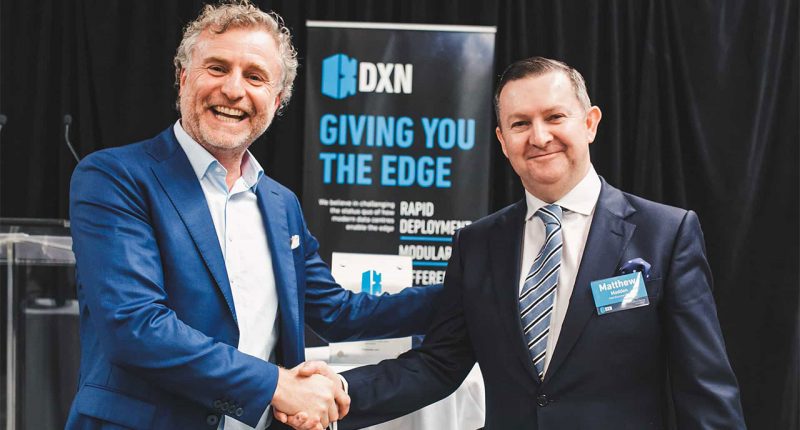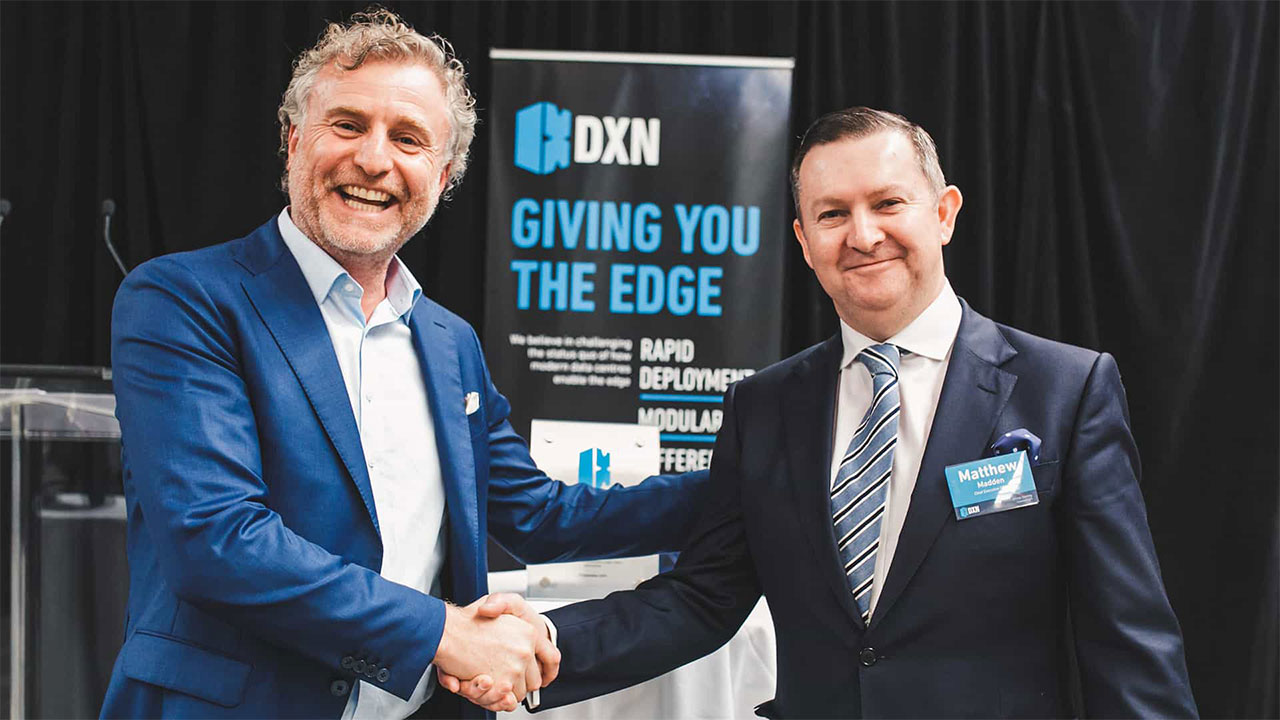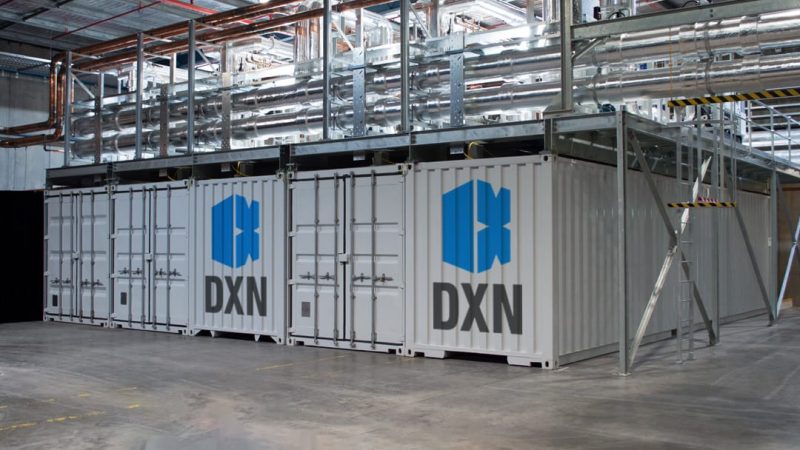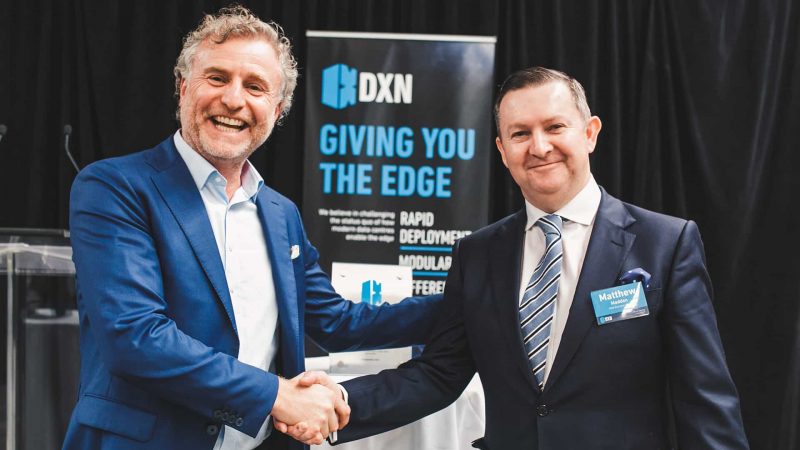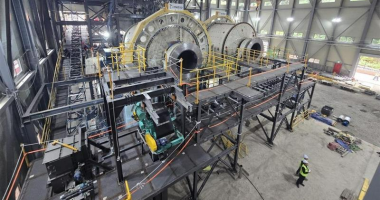In this article:
- What is an Edge data centre?
- DXN’s edge in data centre creation
- ASX-listed data centre providers
- The ASX’s reliance on data centre tech
The Internet is an ecosystem that relies on a number of different infrastructure assets. Powering our web browsers and connected devices are submarine cables, terrestrial fibre optic cables, mobile phone towers, communication satellites and data centres.
The Internet has been without a doubt the most disruptive technology enabler to traditional business models. Be it the way we purchase goods, consume music, watch movies, or communicate, there isn’t an industry or business that hasn’t been affected by the rise of the web.
But, of course, the tech powering the Internet is constantly evolving. As reliability and speeds improve, new disruptive business models have begun to emerge, among which is what’s become known as the “as-a-service” business model.
When the as-a-service model started to disrupt the business world once more in 2010, so began the era of cloud computing.
This revolutionary change meant companies started to move racks of servers and dedicated storage computers from an office computer room into a colocation data centre. In some cases, companies abandoned owning the servers and storage computers altogether and simply subscribed for them as-a-service from a cloud provider.
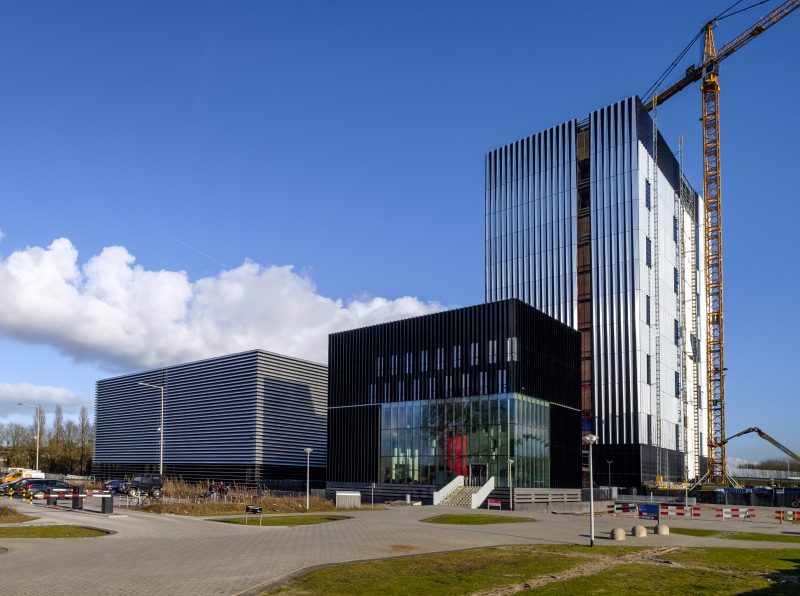
While consumers enjoy constant internet access and cloud storage, the data centre has sat quietly in the background providing a house for the cloud to live in and servicing the growing colocation market needs.
Now, the next phase of cloud storage is well underway as the Internet of Things (IoT) takes over our homes and businesses. However, with IoT comes the need for vast amounts of data needed to be delivered to our homes and processed instantly. As such, the need for efficient cloud storage is greater than ever.
An astute management team at ASX-listed DXN has spotted this need and is making the most of the opportunity through its Edge strategy.
What is an Edge data centre?
Simply put, there are two ways to build a data centre.
One way — and this is the most common type of data centre and the strategy adopted by the big tech players like Microsoft, Google and Amazon — is to own or lease space in a giant “brick and mortar” data centre and fill it up with high-capacity storage devices and processors.
This is generally how our data is stored through the likes of Microsoft OneDrive, Google Drive or Dropbox. When we upload our documents to the cloud, they are secured and stored in a massive data centre somewhere far away. Our access to Netflix, Facebook, Instagram, Youtube, Spotify and iTunes all comes from a massive centralised data centre.
However, an issue with a large centralised data centre is latency. This is the time it takes for data to travel between your device — like a PC or a mobile phone — and the data centre and back. The further away the data centre is from your device, the slower your data will load regardless of how much bandwidth you have.
With the rapid growth of data requests from more geographically dispersed locations, data centres need to get closer to the source.
This has created a new type of data centre called Edge data centres. Edge data centres are the opposite of large centralised data centres: they are small, modular, and geographically dispersed.
Edge data centres are built in a prefabricated modular fashion. Modular data centre systems consist of customised modules and components that create scalable data centre capacity.
Simply put, this means they can be quickly assembled on-site and stored in as small a space as a shipping container — meaning they need much less room to operate properly compared to a conventional warehouse-sized data centre.
Modules can be shipped to a site where they can be added, integrated or retrofitted into an existing data centre or combined into a system of modules. Moreover, deployment of these types of data centres is rapid, taking a few months instead of a few years for traditional data centres.
The growth of Edge data centres is significant. The Edge is the requirement to push storage closer to customers.
With the surge in high-performance computing, 5G telecommunications, augmented and virtual reality, and connected vehicles (we already have cars with google maps), the demand for fast processing and storage is higher than ever.
In fact, industrial research specialist Bell Labs predicts that 60 per cent of servers will be placed in an Edge data centre by 2025, according to Jones Lang Lasalle.
This is where DXN comes in.
DXN’s edge in data centre creation
The ASX-listed data centre company is carving its place in the Asia-Pacific data centre market through these prefabricated, self-contained, smaller data centres that can be built inside a container and shipped to site.
What’s more, DXN’s mini data centres are built entirely in-house at the company’s Perth facility. This means construction and shipping costs are reduced to a minimum, while time-to-market is increased dramatically.
These smaller systems are much cheaper to maintain, consume less power, and can be controlled completely through a DXN mobile app.
Nevertheless, DXN has recently opened up its first conventional big data centre in Sydney and its purchased a modular data centre in Hobart, Tasmania. This means the company is able to make a sustainable income from the data centre rental space while it builds up its shipping-container-centre empire.
This capital-light strategy and vertical integration positions DXN at the forefront of the expanding edge infrastructure market, while maintaining a steady cash flow from conventional data centre means.
While the common belief is any business tapping into the data centre market is going against the tech giants of Google and Facebook, the reality is that the Edge will assist in making all the applications and services we enjoy today faster and more responsive.
Australia has its own fleet of data centre operators serving a large portion of the global market.
Australian DC suppliers
NextDC (ASX:NXT)
Big-cap NextDC is currently the market leader in data centre supply.
With a $4.39 billion market cap and nine data centre facilities across the country, NXT services several major Australian clients like Optus and Oracle.
In April, NXT announced a hefty $863 million capital raise to develop a new Sydney data centre while maintaining current operations. A $672 million placement was completed in early April, with the remaining $191 million raised through a share purchase plan and completed in May.
While the company’s current success affirms the demand for its data centre services, the capital raise proves once more how expensive these huge centres are to build.
And, of course, the bigger the data centre, the more power is needed to keep it running.
While NextDC shares have gained some 310 per cent over the last five years, the company’s growth has been somewhat-subdued since mid-2018 as competition in the data centre space rises.
Telstra (ASX:TLS)
While perhaps better known as the nation’s largest cell-phone service provider, Telstra operates its own string of data centres around the country.
Of course, the telco giant operates power-heavy and high-capital centres to contend with NXT’s, meaning far-away customers have no choice but to deal with higher latency.
Telstra is auctioning off some of its major data centres as part of its “T22” business simplification strategy. Again, this validates the demand for the data centres but is perhaps a nod to how expensive they are to maintain for TLS.
ASX data centre reliance
Other listed tech stocks operating in the cloud storage space include Appen (ASX:APX), Netlinkz (ASX:NET), Dubber (ASX:DUB), and more.
However, these companies don’t provide data centres: they rely on them.
Appen’s artificial intelligence (AI)-powered financial services and training data relies on cloud-based storage for customers.
Netlinkz’ Virtual Invisible Network (VIN) tech works by providing users with secure and efficient cloud-based solutions.
Dubber’s call recording and voice AI tech is able to adapt to scale to any business through cloud-based as-a-service subscription and integration.
DXN’s role
It’s clear that the world of technology as we know it is adapting to rely more and more on cloud-based storage and processing, and subsequently more and more on data centres.
DXN is servicing the future of the data centre market through its low-cost, quick-to-build data centres and Edge strategy.
As more companies and homes begin to rely on data centres, the conventional massive storage systems won’t be enough to cut it.
DXN’s Edge data centres, however, are already meeting the needs of the future of the Internet.

